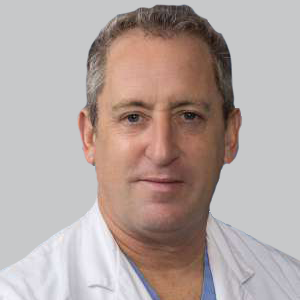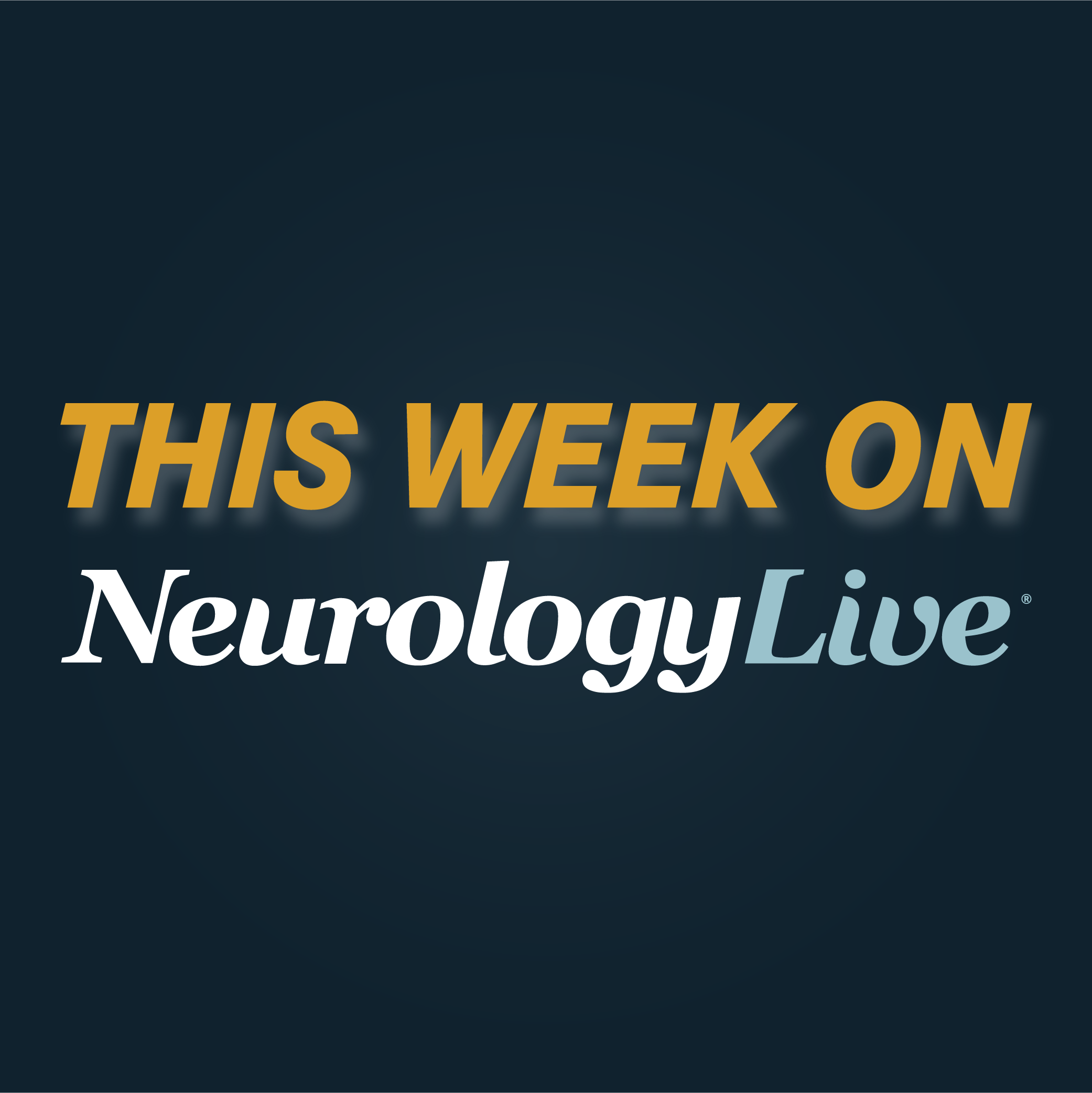Commentary
Video
Treatment Decisions and Personalization for Pediatric MOGAD: Kelsey Poisson, MD
Author(s):
The child neurologist and neuroimmunologist at Nationwide Children’s Hospital provided clinical insight on the complexities of treating pediatric MOGAD, including treatment options, decision-making factors, and emerging therapies. [WATCH TIME: 4 minutes]
WATCH TIME: 4 minutes
"Most clinicians would not start maintenance treatment on a child with a first attack of MOGAD, unless there are certain high-risk factors for relapse or if the attack was severe."
Myelin oligodendrocyte glycoprotein antibody-associated disease (MOGAD) is an autoimmune demyelinating disorder associated with antibodies against MOG that impacts both children and adults. Typically, the most common manifestations of MOGAD are acute optic neuritis (ON) with or without transverse myelitis (TM), and in children, acute disseminated encephalomyelitis (ADEM). MOGAD is considered mainly a monophasic disease; however, some experience relapses that differ from the phenotypic manifestations at the first event.
To date, there are no FDA-approved treatments for MOGAD specifically, although there are several emerging studies testing potentially efficacious options. These include the phase 3 METEOROID study testing satralizumab (Enspryng; Genentech), an FDA-approved treatment for neuromyelitis optica spectrum disorder (NMOSD), as well as another phase 3 study of rozanolixizumab (Rystiggo; UCB), a marketed therapy for adults with anti-acetylcholine receptor (AChR) or anti-muscle-specific tyrosine kinase (MuSK) antibody positive myasthenia gravis.
Treatment for pediatric MOGAD involves a combination of acute treatments and maintenance therapies, tailored to the severity of the disease, the frequency of relapses, and individual patient factors. Recently, MOGAD expert Kelsey Poisson, MD, a child neurologist and neuroimmunologist at Nationwide Children’s Hospital, sat down to discuss the treatment course for this age population. In the discussion, she emphasized the need for more research to determine which patients require maintenance therapy versus just acute treatment.
Poisson, who also serves as an assistant professor at clinical pediatrics and neurology at The Ohio State University College of Medicine, highlighted the importance of individualized care, factoring the child’s preferences, age, and ability to tolerate treatments. She also spoke on some of the emerging therapies being explored, such as mycophenolate, rituximab, and IL-6 inhibitors. Lastly, she stressed the challenges of when to initiate maintenance therapy, as less than 50% of children experience relapses.





